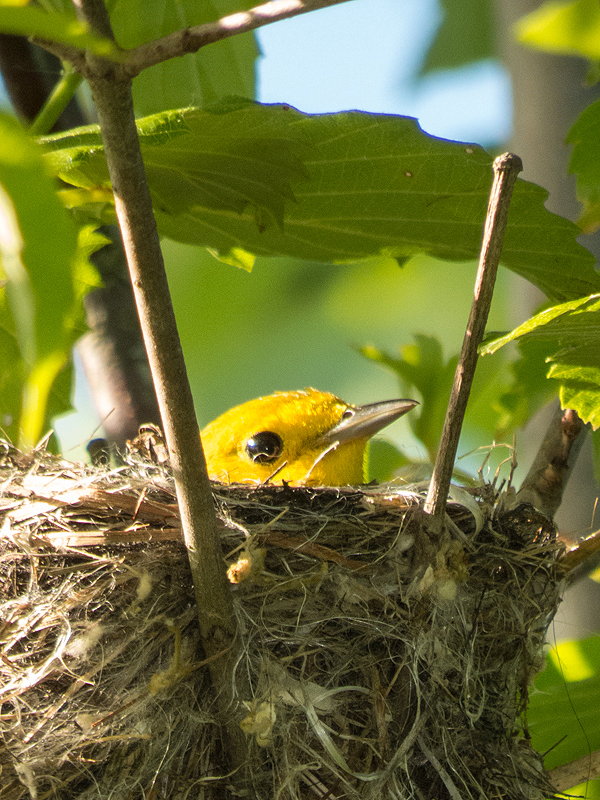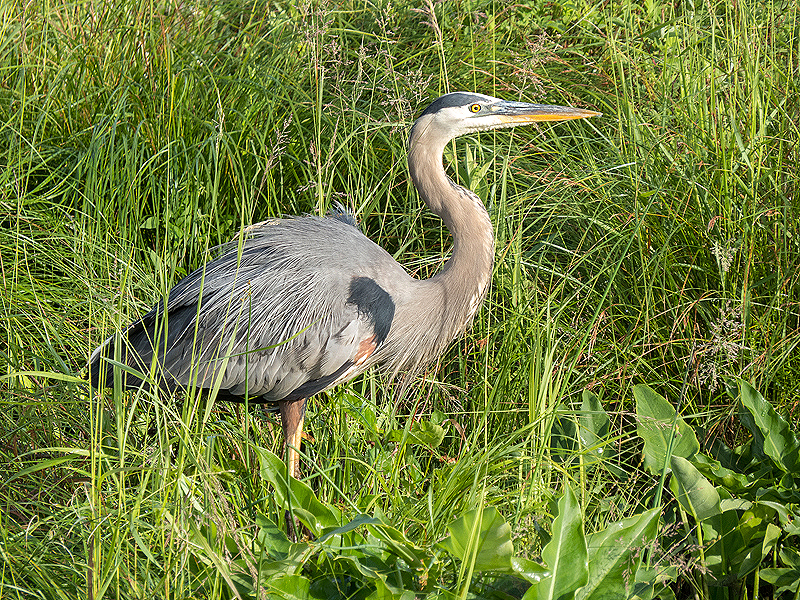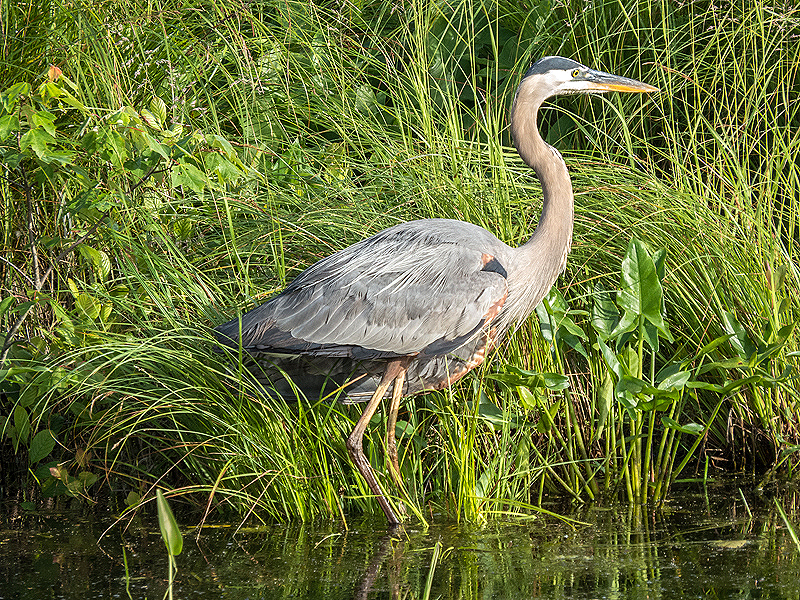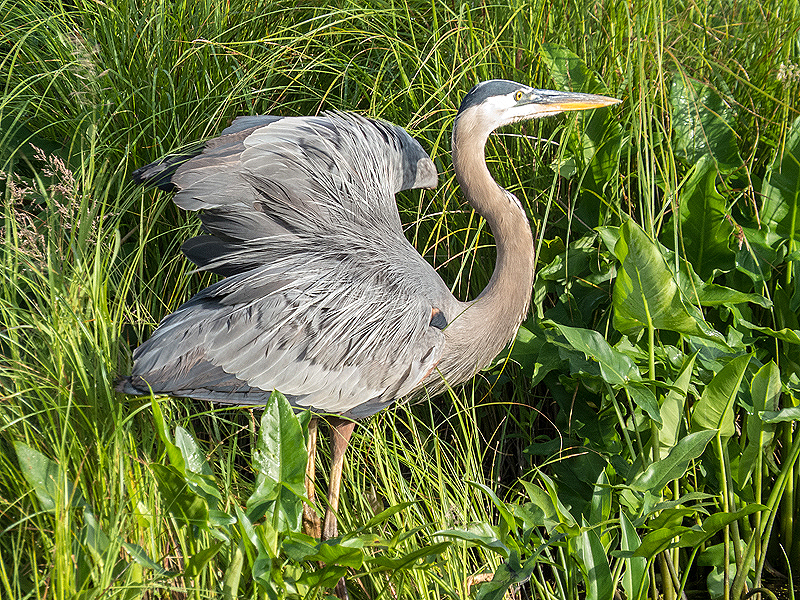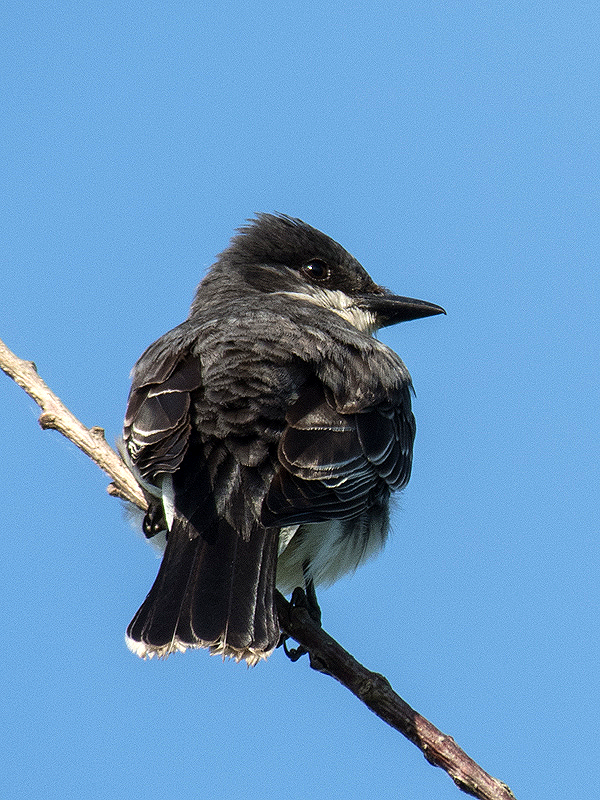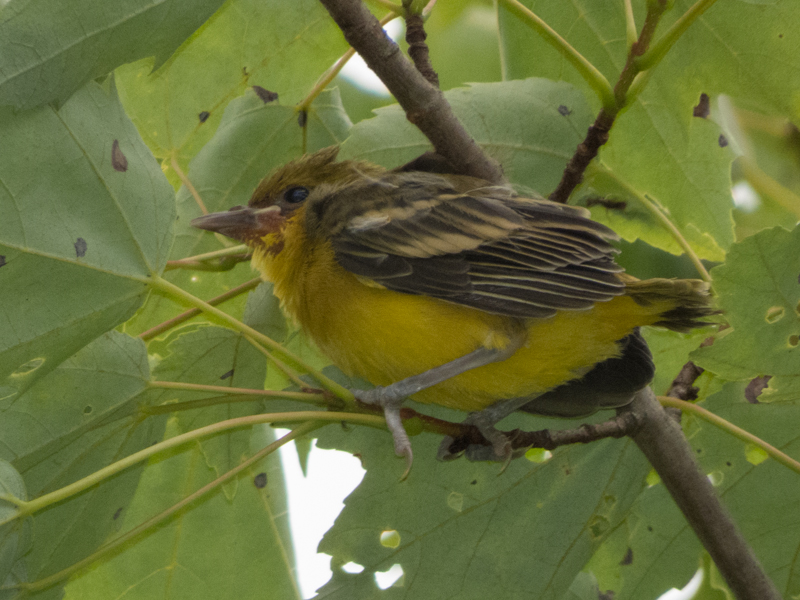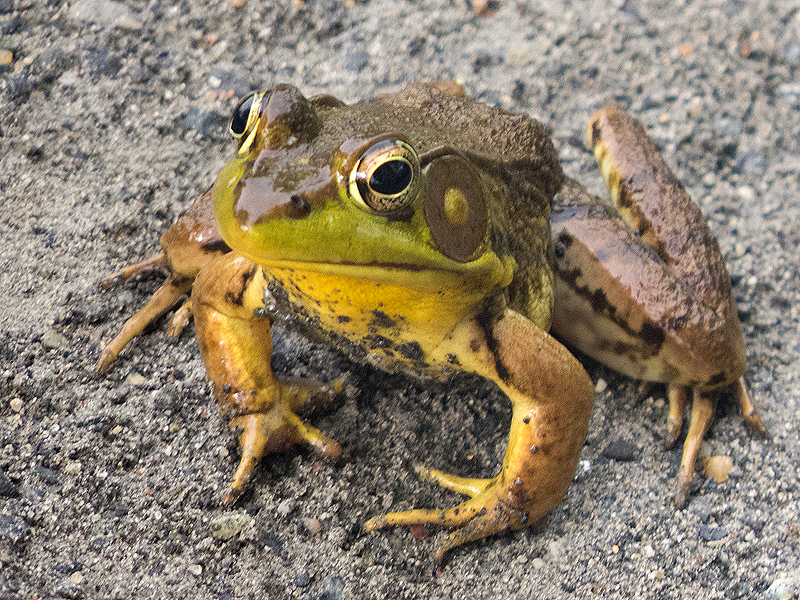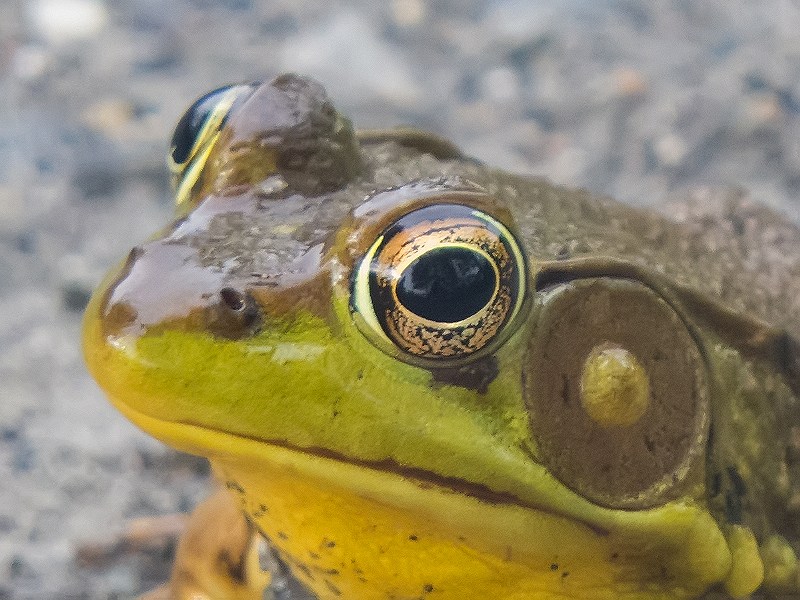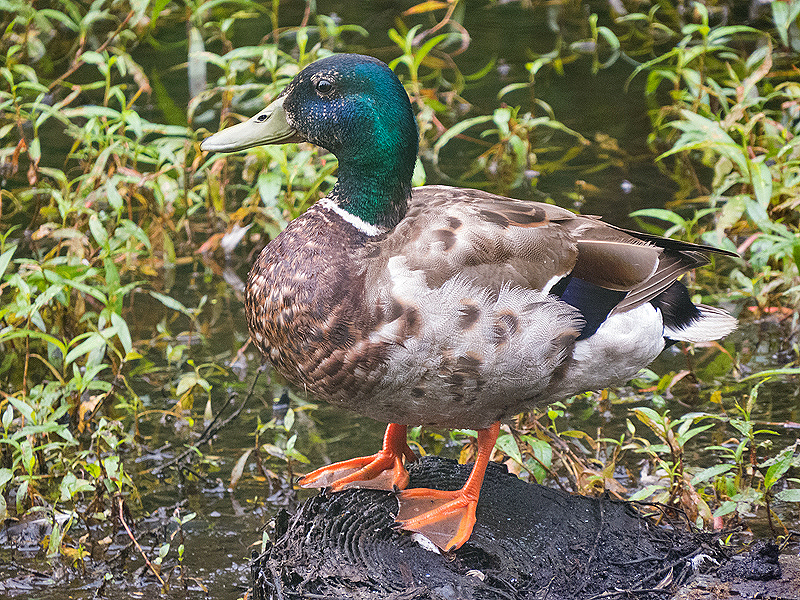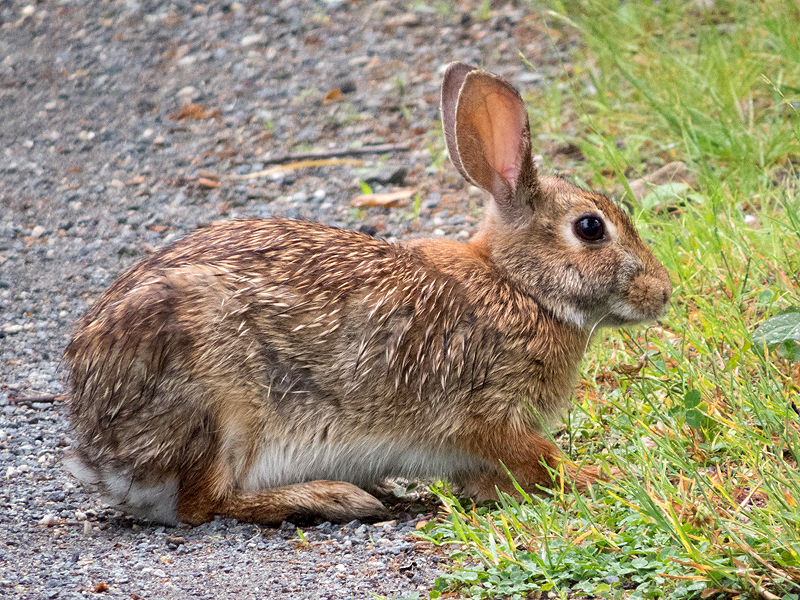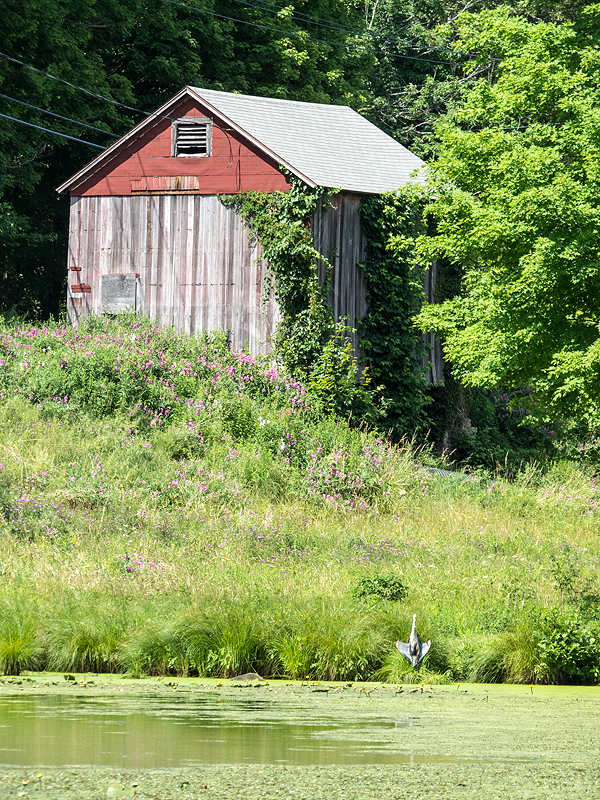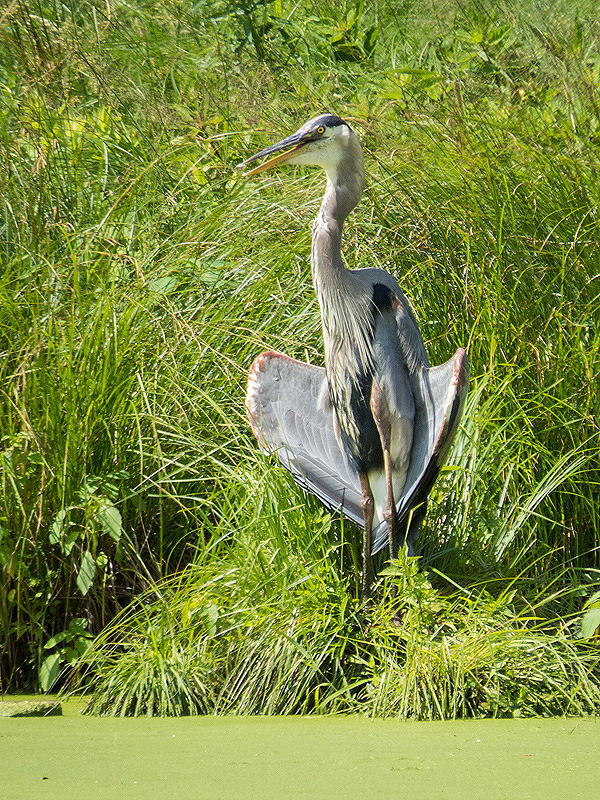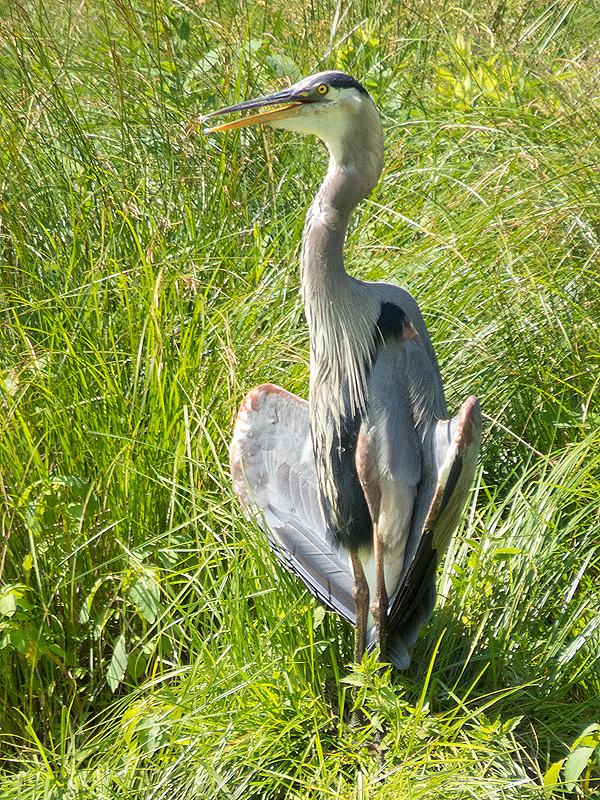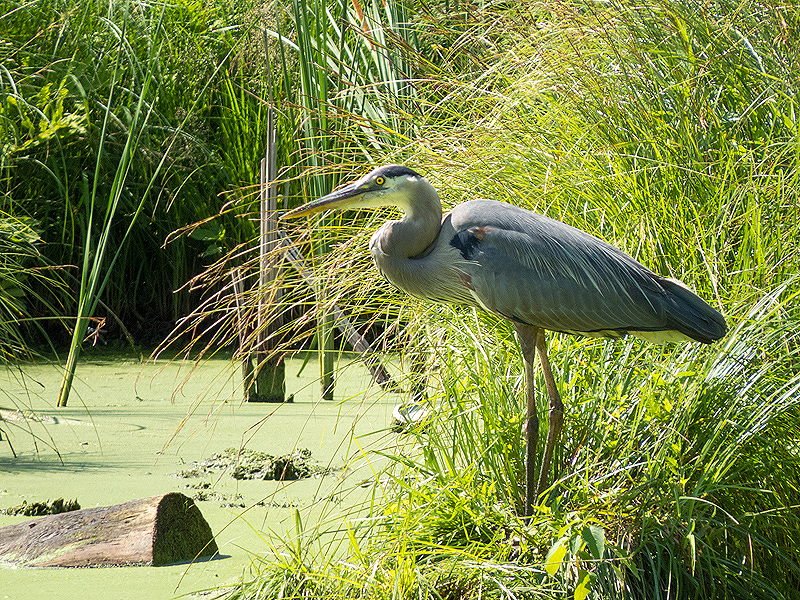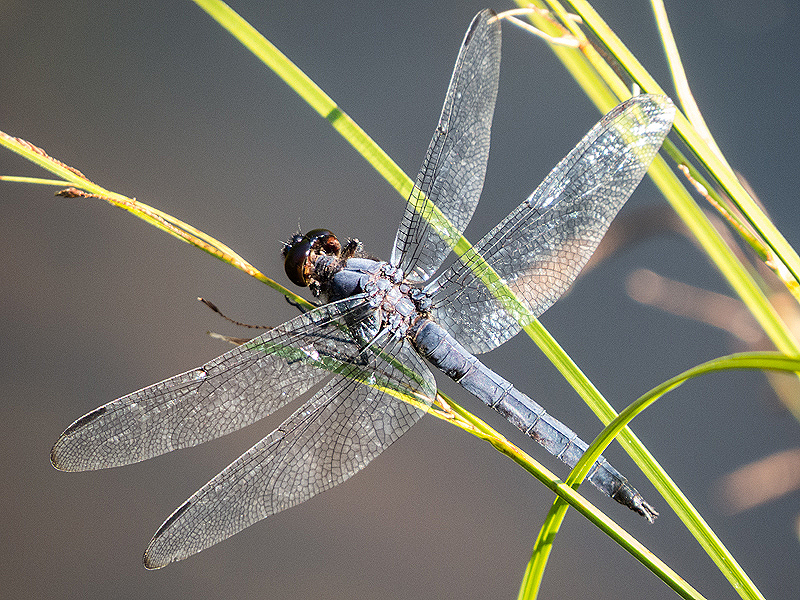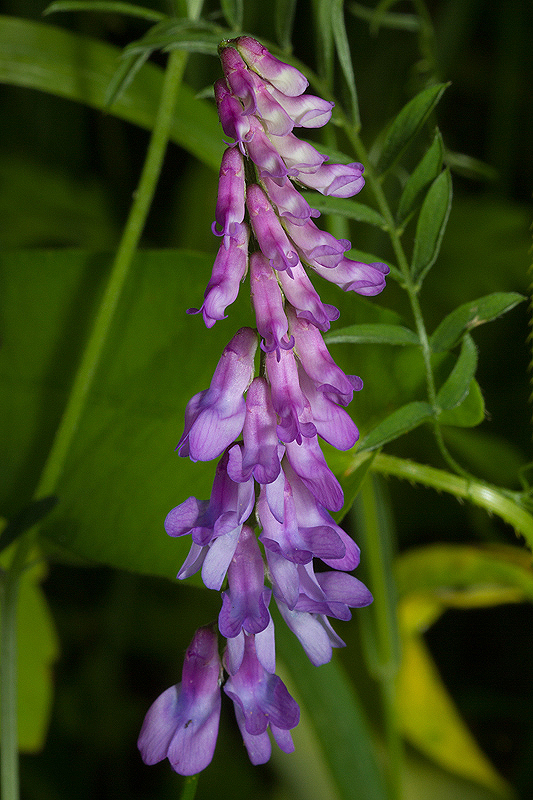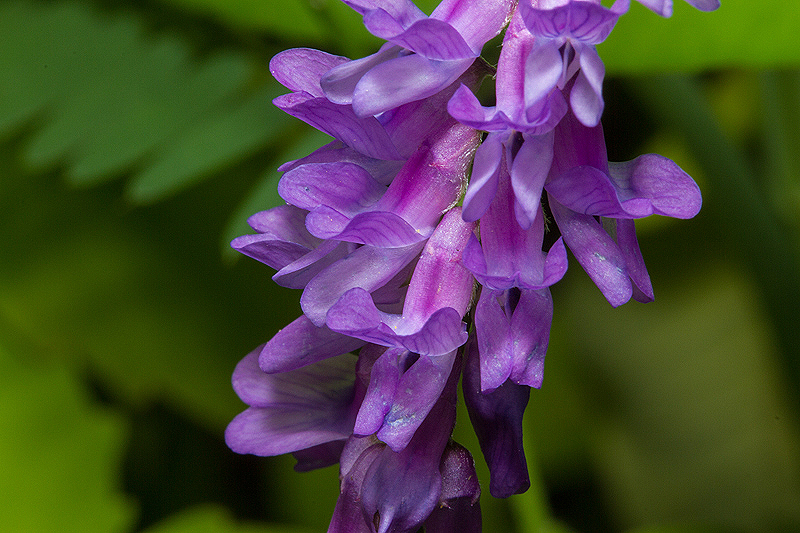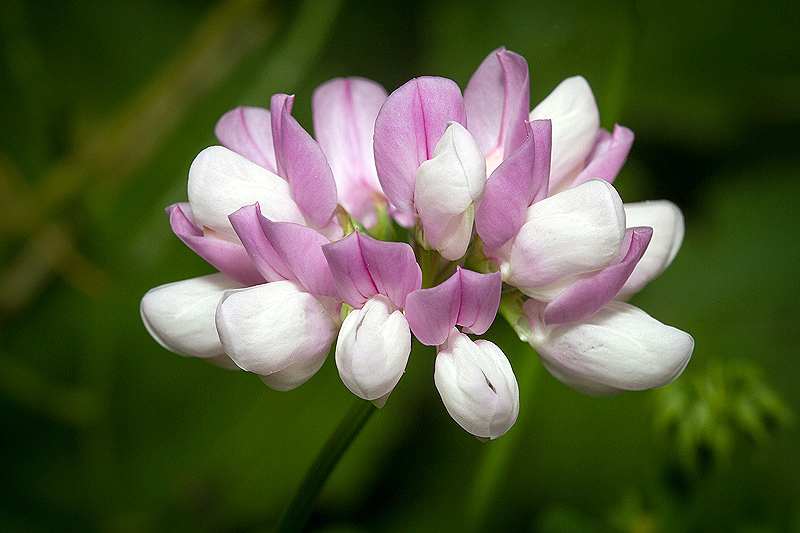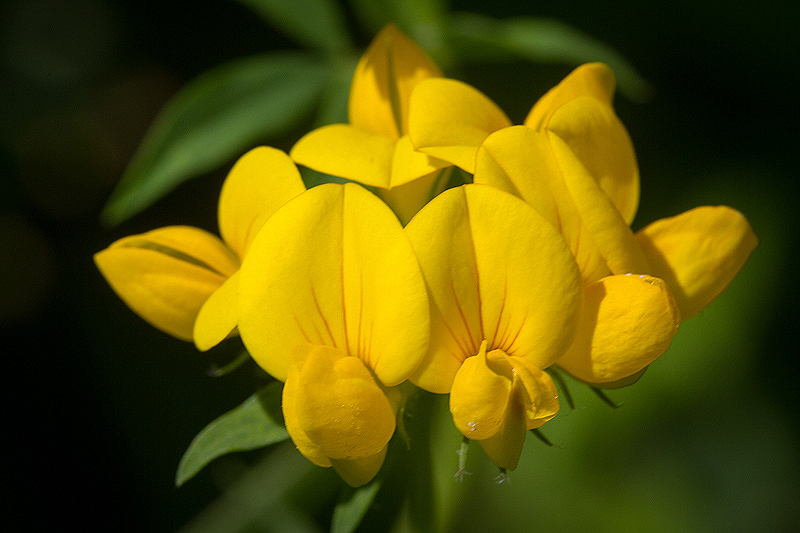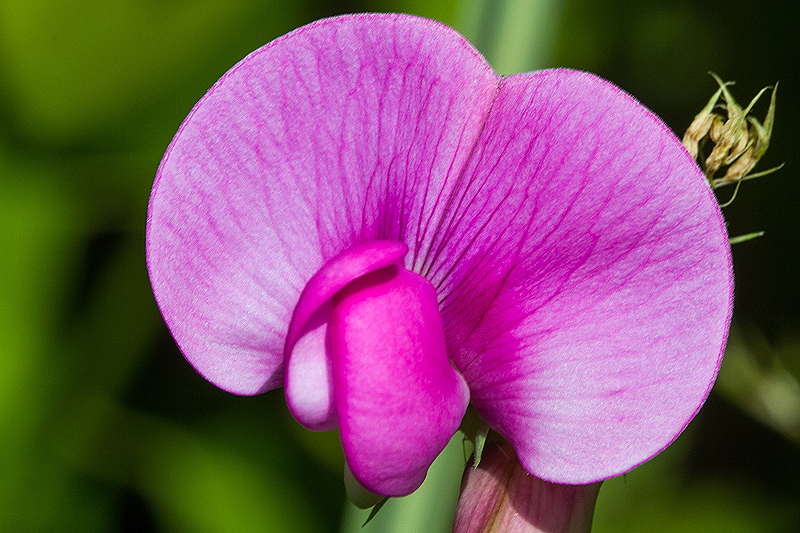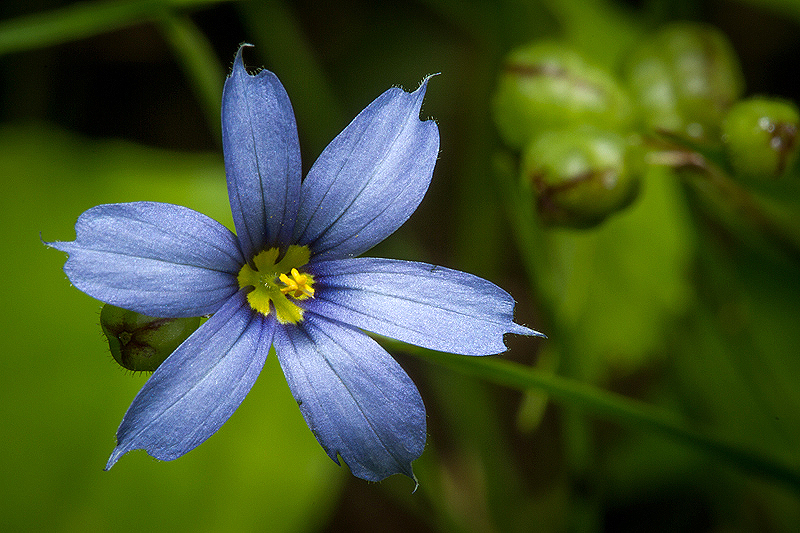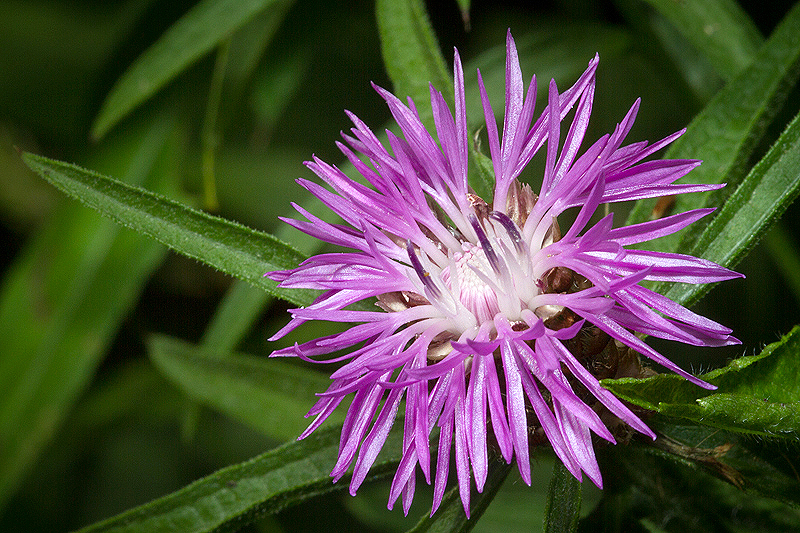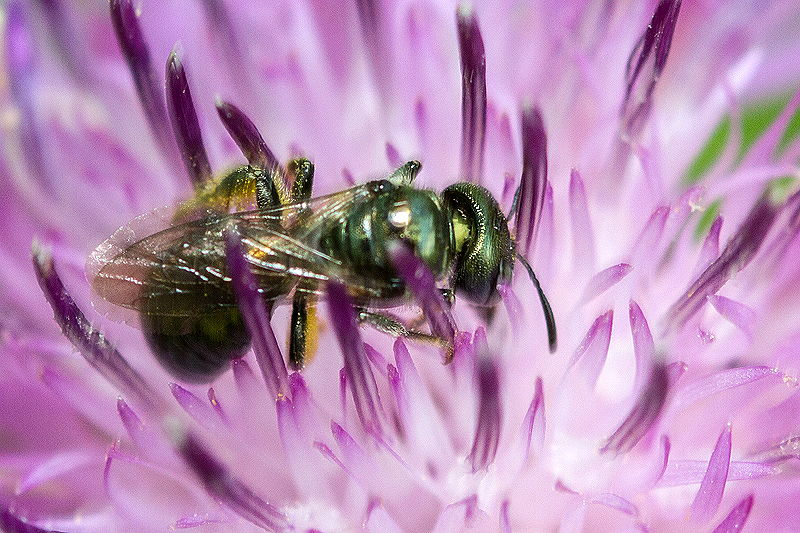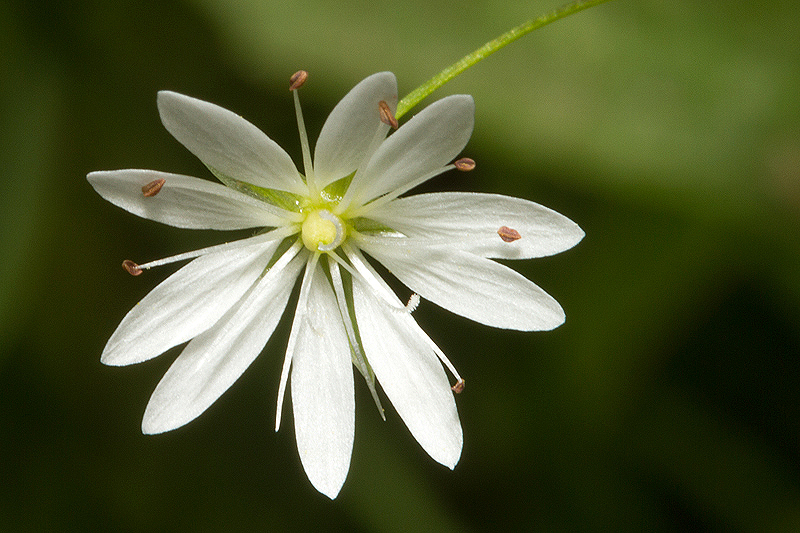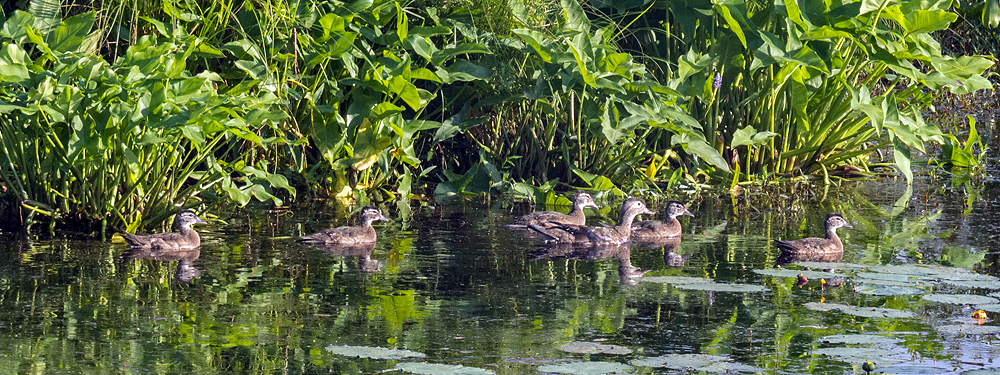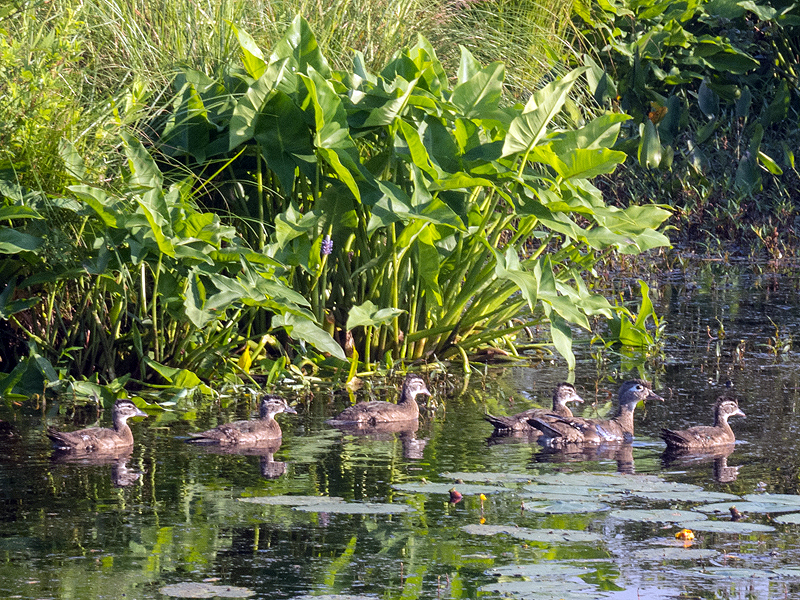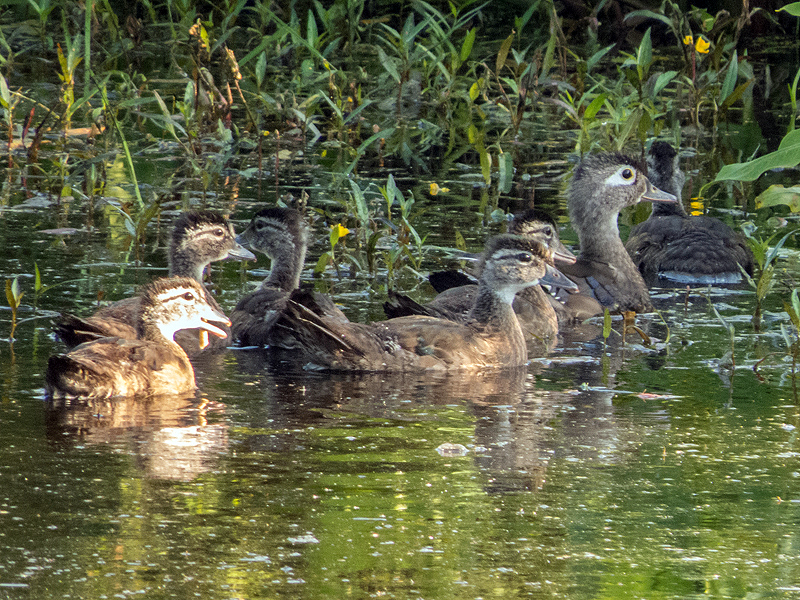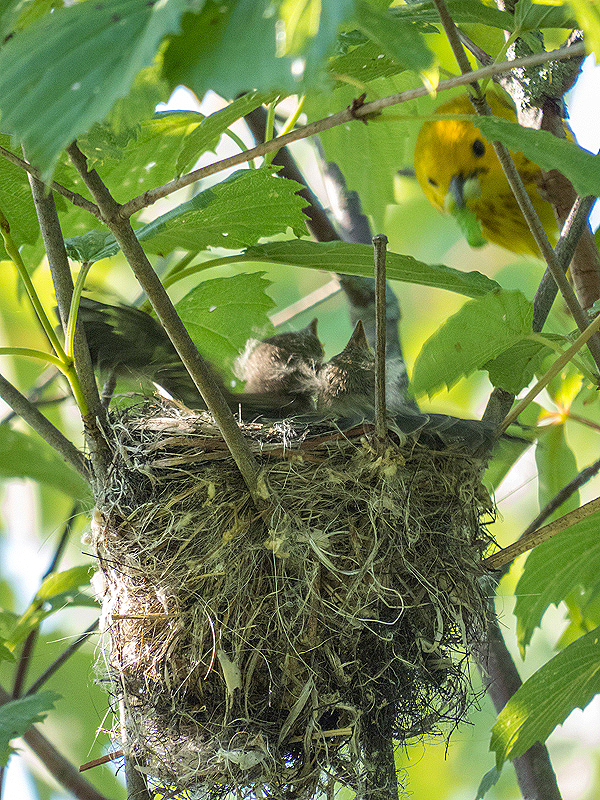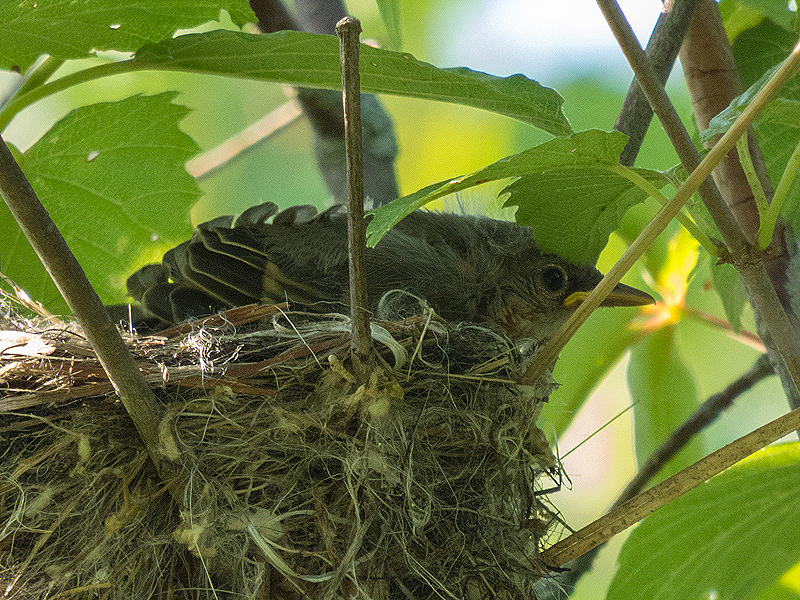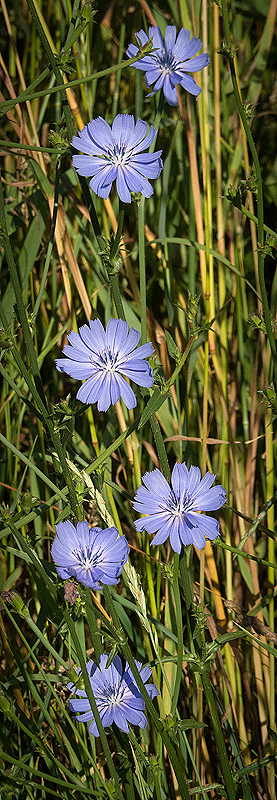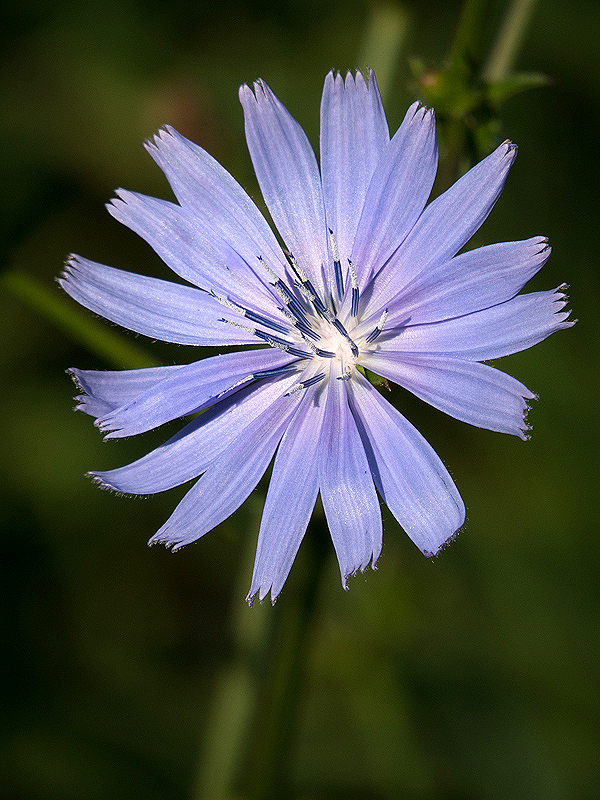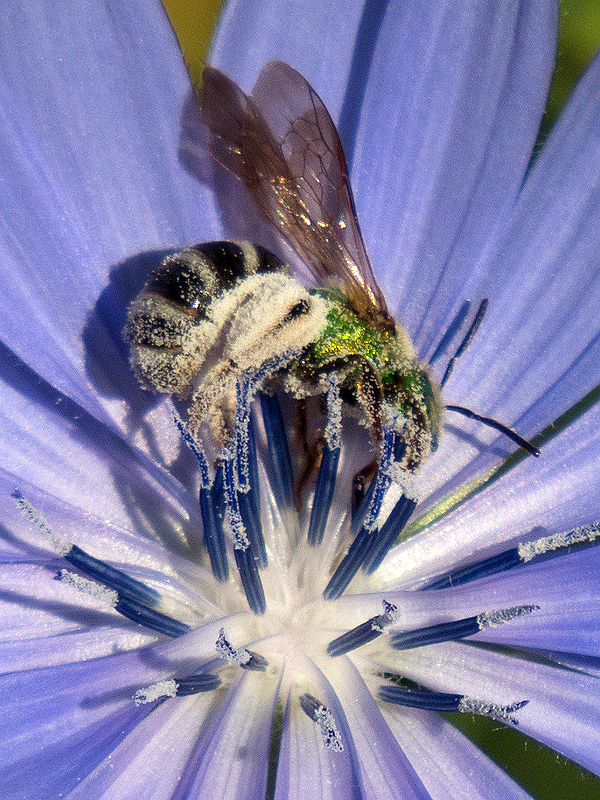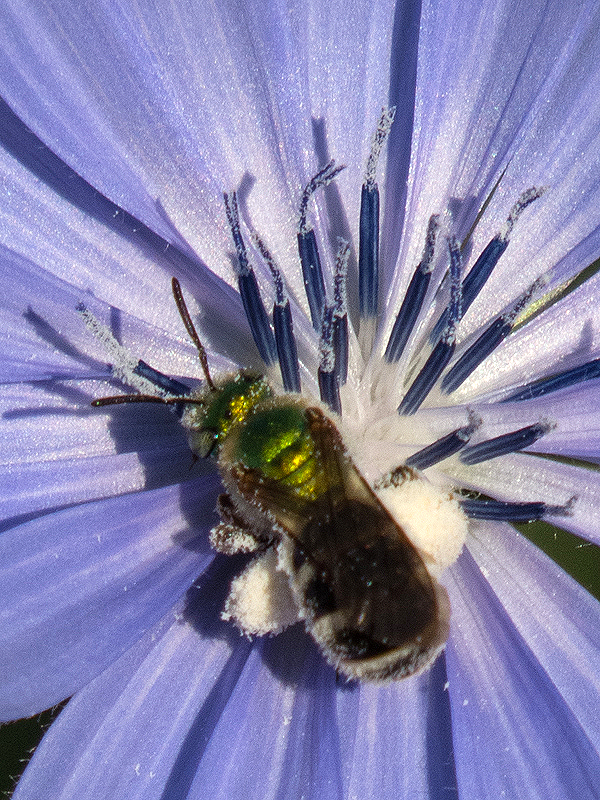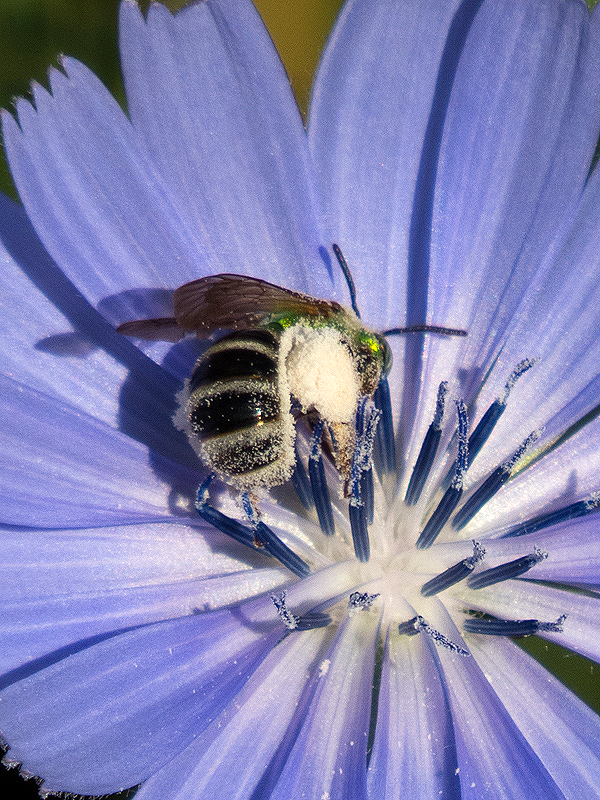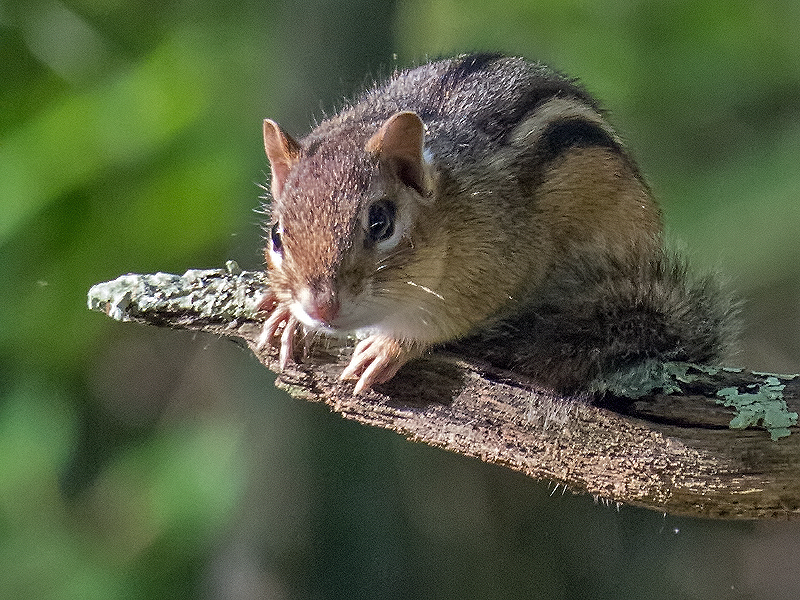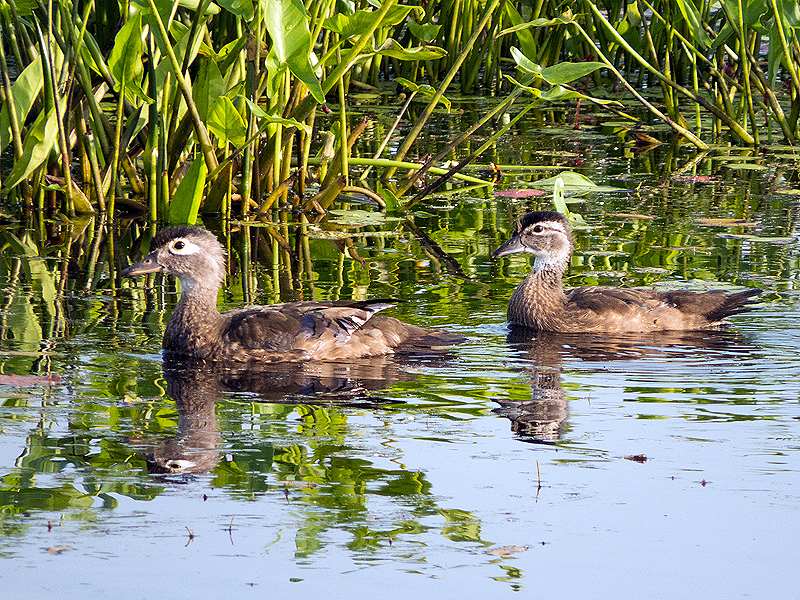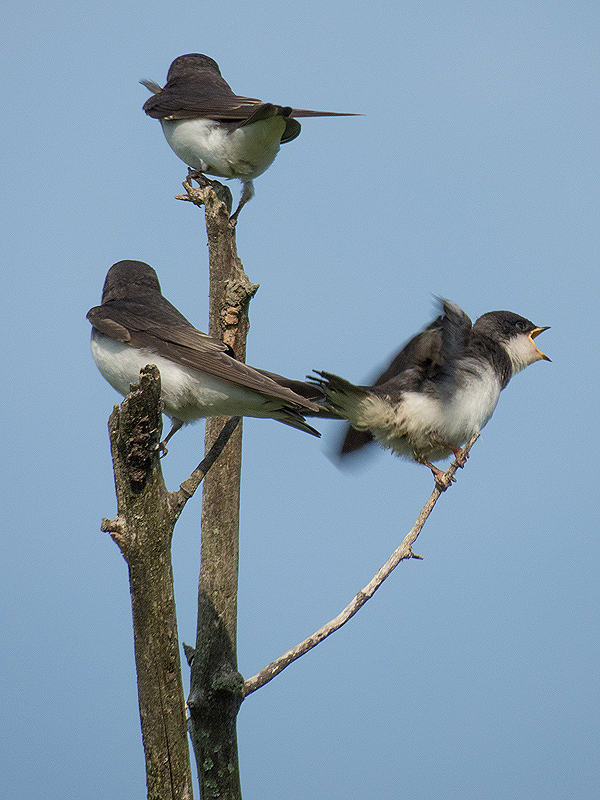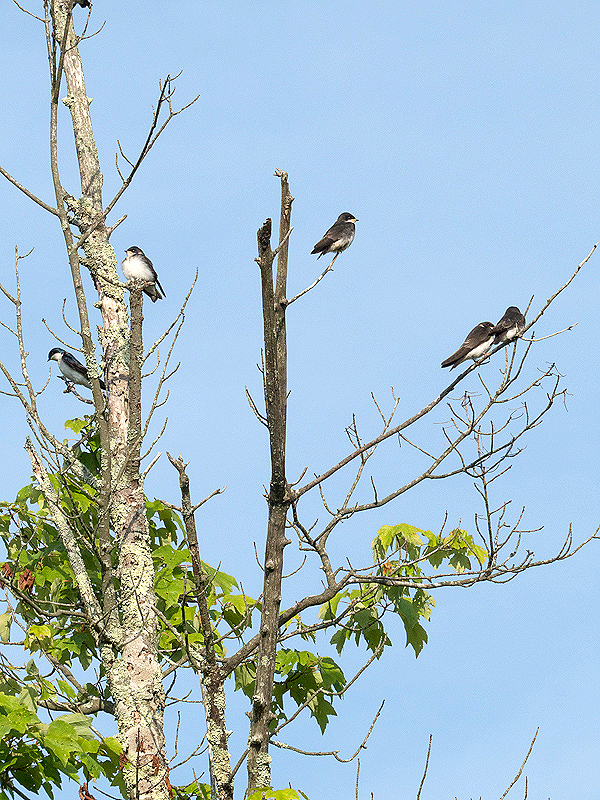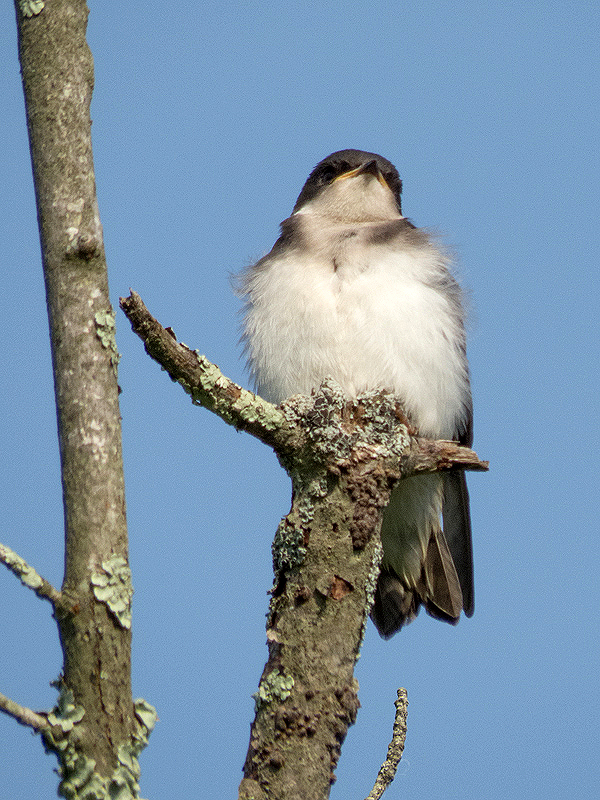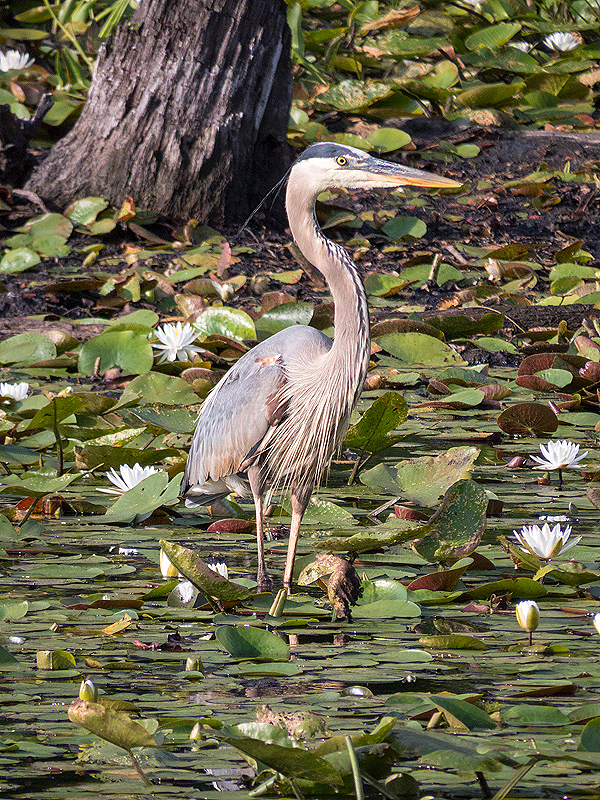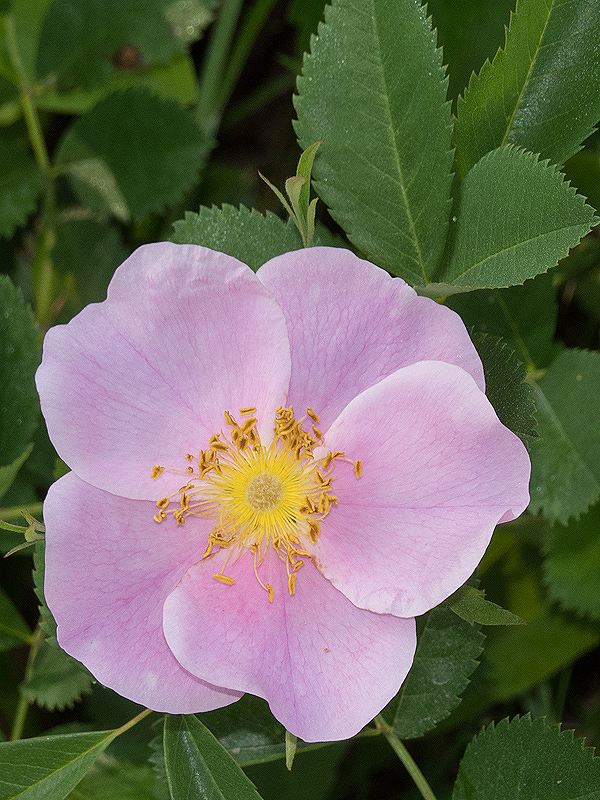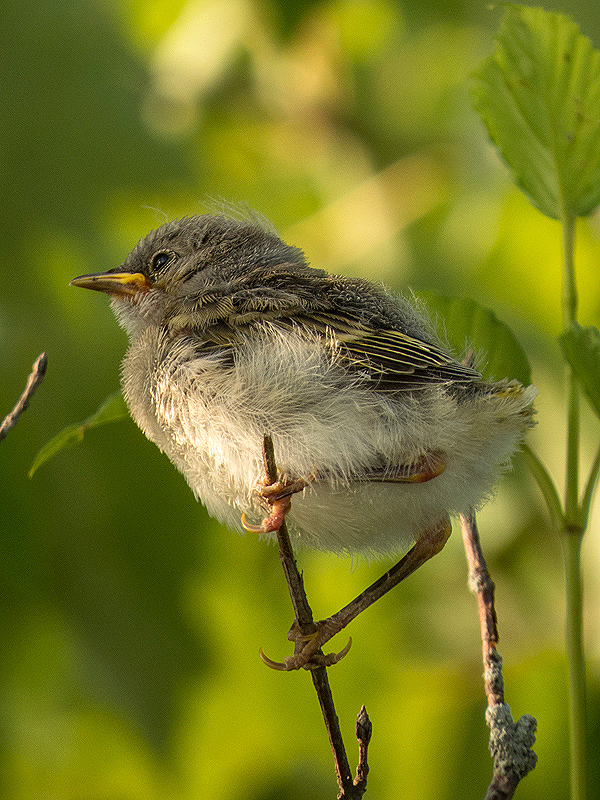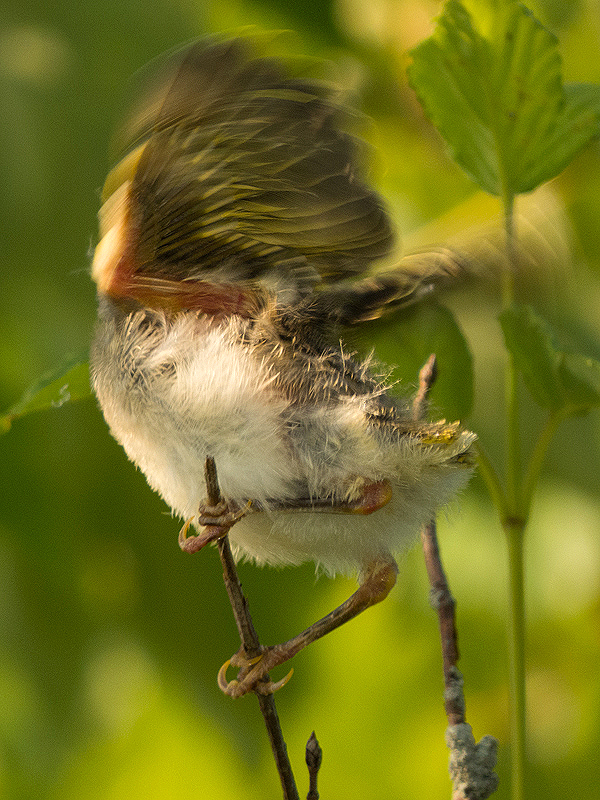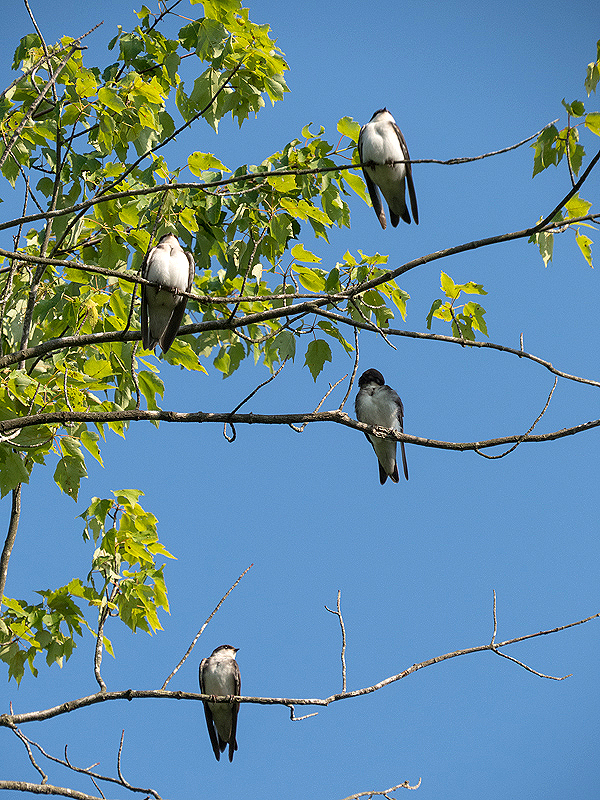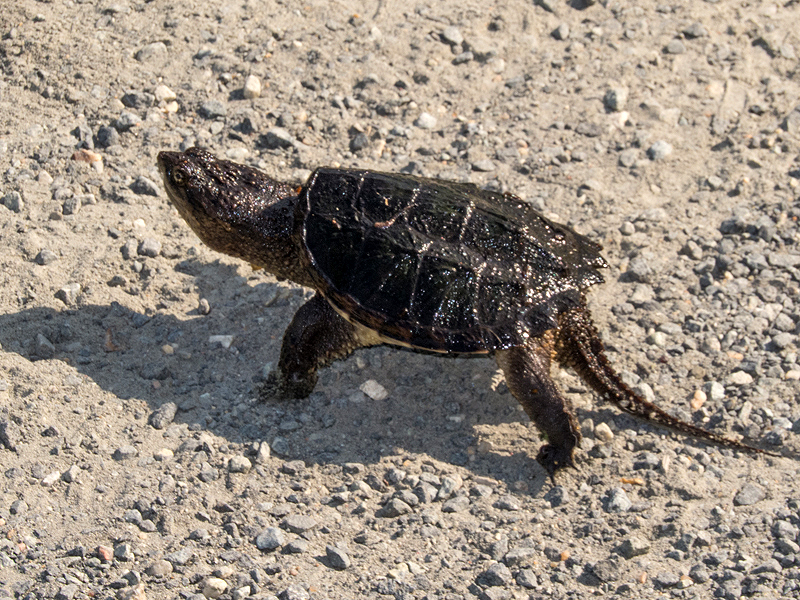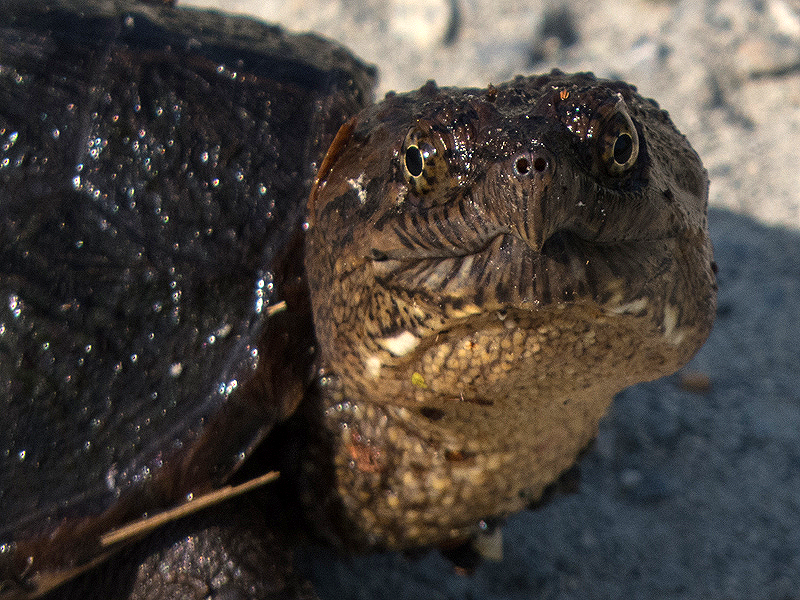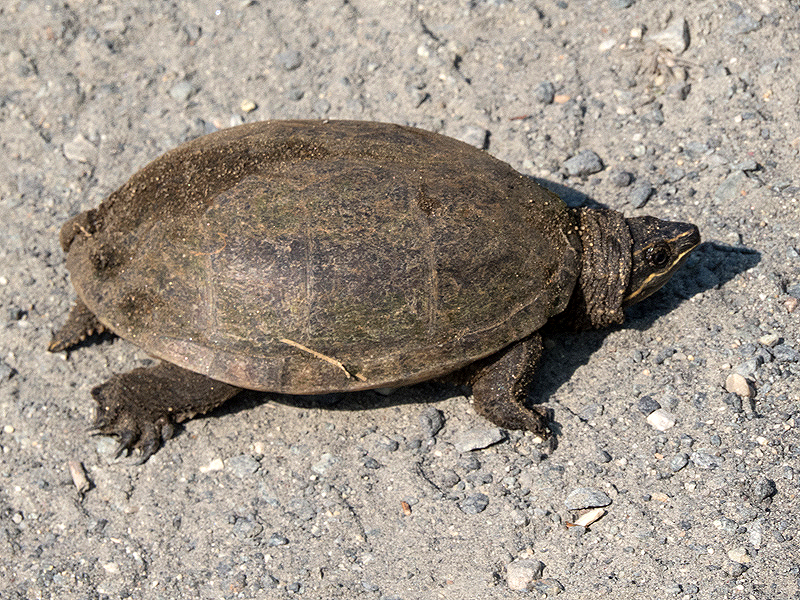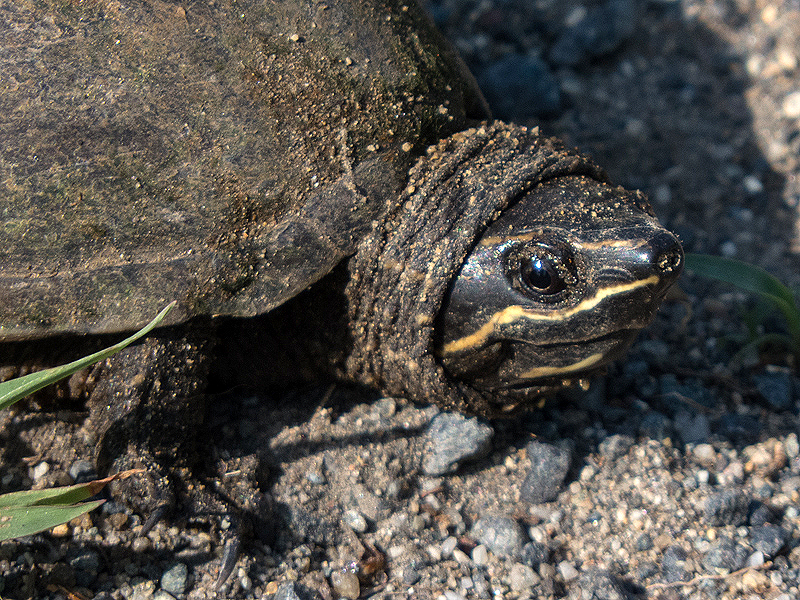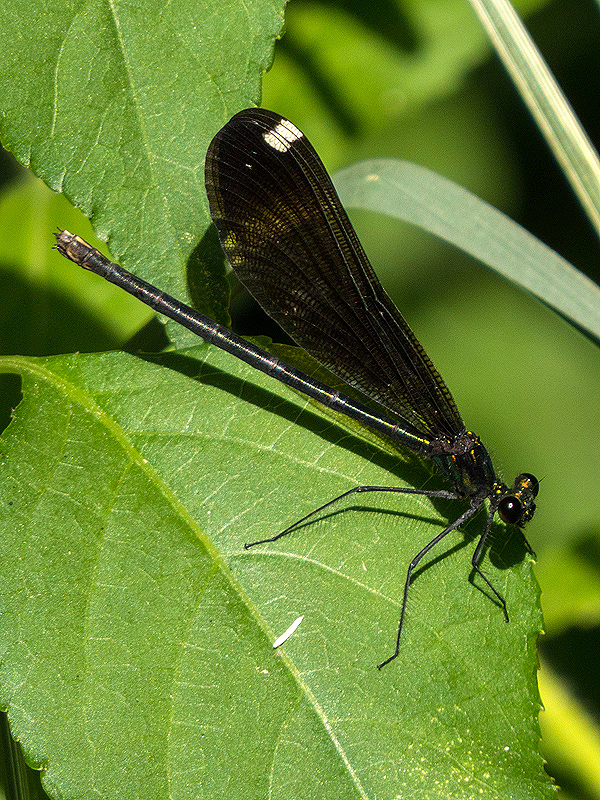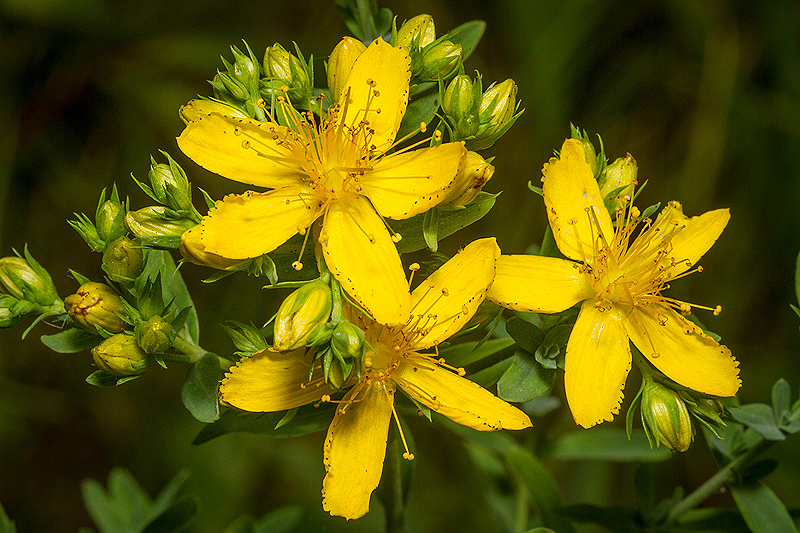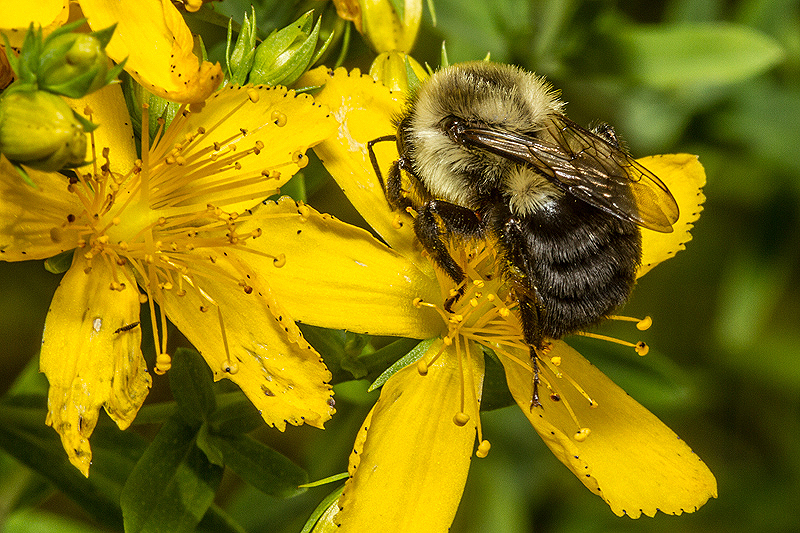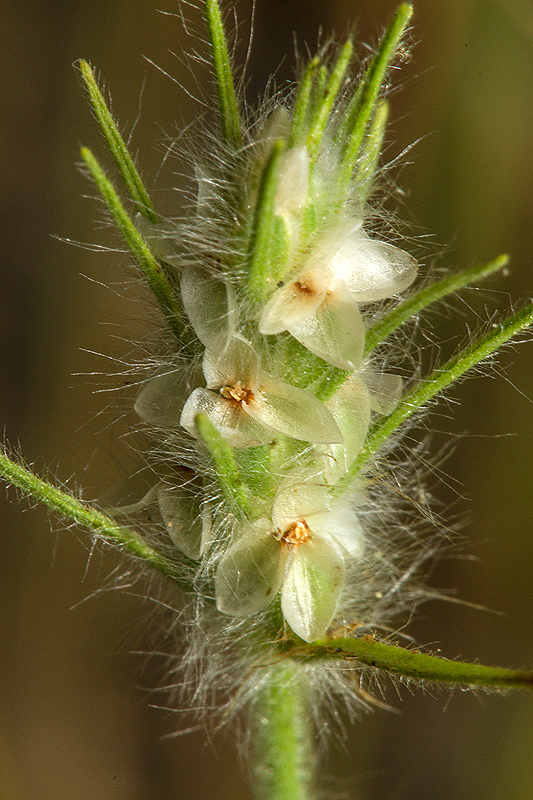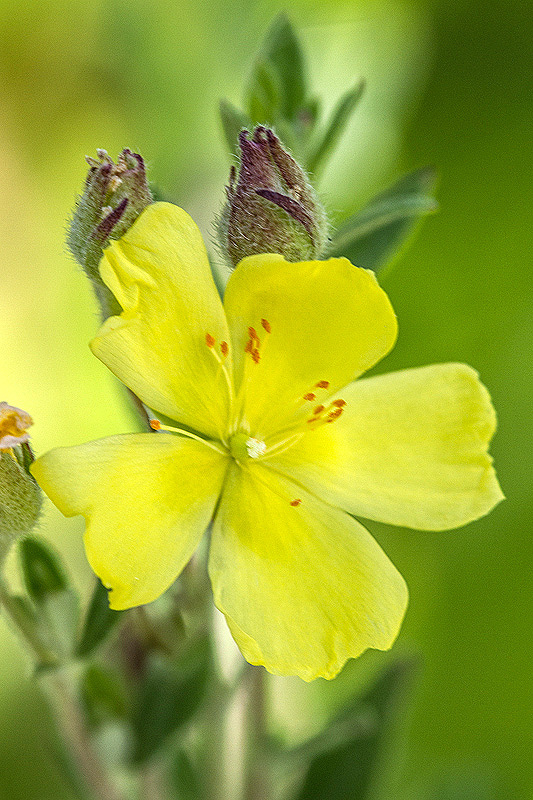Along the Air Line... 2014 - Summer, Part 1 The Air Line Trail in Eastern Connecticut - Stan Malcolm Photos |
mHome Page Stan's FlickR Albums |
June 21st. Seems like the Yellow Warbler has spent a long time incubating. |
June 22nd. One of two Great Blue Herons (Ardea herodius) on the marsh. |
|
|
The Eastern Kingbirds (Tyrannus tyrannus) have fledged from the nest just west of the bench in the marsh. |
June 25th. Baltimore Oriole (Icterus galbula) chicks have fledged. Note the stubby tail feathers. Parents following them around to feed them. |
June 26th. Green frogs (Rand clamitans) were out on the trail after last night's rain. |
|
A pair of Mallards (Anas platyrhynchos) near the mostly dry marsh exit. |
An Eastern Cottontail (Sylvilagus floridanus), wet from rain-soaked foliage. |
June 27th. A brief afternoon visit to Cranberry Bog in East Hampton. Sweet Peas in bloom and an unusual grey shape at the water's edge. |
Ah, a Great Blue Heron trying to cool off. In addition to the posture, note the open beak. |
If this were video, you could see the bird's throat vibrating - a "gular flutter" that helps to expel heat. |
Back on the hunt. |
One of two pair of Canada Geese (Branta canadensis). The pond is carpeted in Duckweed (Lemna minor). |
A male Common Pondhawk dragonfly (Erythemis simplicicollis). |
Many of the plants in bloom today are in the Pea Family (Fabaceae). This is Common Vetch (Vicia cracca). |
|
This is Crown Vetch (Coronilla varia). |
|
Birdfoot Trefoil (Lotus corniculatus). |
And the final pea of the day, Sweet Pea (Lathrus odoratus). |
A Blue-eyed Grass (Sisyrinchium sp.). |
Knapweed (Centaurea sp.). |
|
A Chickweed, probably Lesser Stitchwort (Stellaria graminea). |
June 30th. Momma Wood Duck (Aix sponsa) and five of her six "teenage" chicks. The two on the left appear to be females; the three on the right are males. |
|
All six chicks in this photo. |
Two chicks in the Yellow Warbler (Dendroica petechia) nest. Dad at upper right bringing a nice juicy caterpillar to hungry mouths. |
This chick looks particularly large and nearly ready to fledge. |
Chicory (Chicorium intybus) near Rt 207. |
|
|
A female Green Metallic Bee (Family Halictidae, Agapostemon sp.). Compared to the photo above, see how the bee has stripped much of the flower's pollen. |
|
|
July 1st. Eastern Chipmunk (Tamias striatus). |
Female Wood Duck (Aix sponsa) and a young male. Both incapable of flight: the female molting; the male's wing feathers not fully developed. |
Young Tree Swallows (Tachycineta bicolor) waiting impatiently to be fed. |
A number of them around, but not nearly the numbers seen in past years. |
|
Great Blue Heron (Ardea herodius). |
Carolina Rosa (Rosa carolina). |
July 2nd. One Yellow Warbler (Dendroica petechia) chick perched high above the nest, calling for food. No sign of the other chick. |
All aflutter as a parent came near. |
Young Tree Swallows (Tachycineta bicolor) still gathering together, hoping to be fed. |
A young (second spring?) Snapping Turtle (Chelydra serpentina) with carapace maybe 5" long... |
...a characteristicf high-stepping stance... |
...and a face only another snapper could love. |
This Stinkpot mud turtle (Sternothaerus odoratus) is no beauty either. |
|
A female Black-winged Damselfly (Calopteryx maculatum). Females have white stigmas on their wings and a muted bronze metallic sheen on some body parts. (Male stigmas are black and the body bright metallic green (sometimes edging towards blue or pruple). |
Common St. Johnswort (Hypericum perforatum). |
|
Bracted Plantain or Buckhorn (Plantago aristata) |
Frostweed (Helianthemum canadense) |
